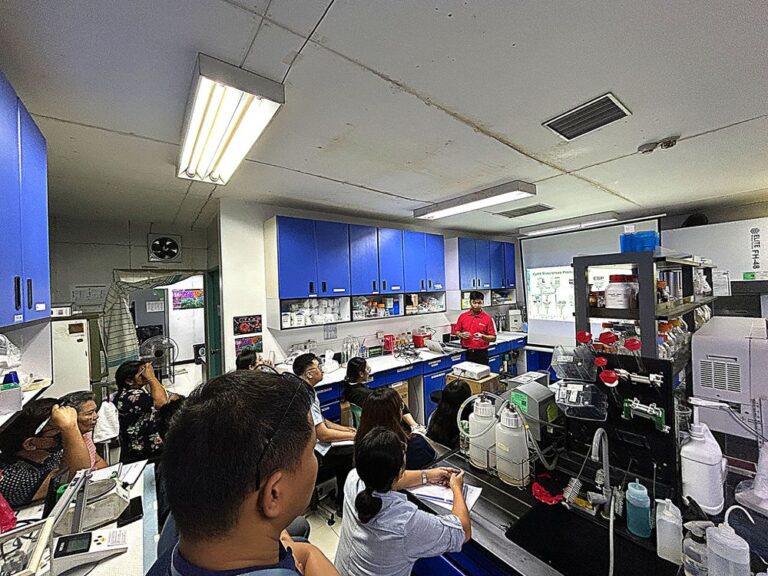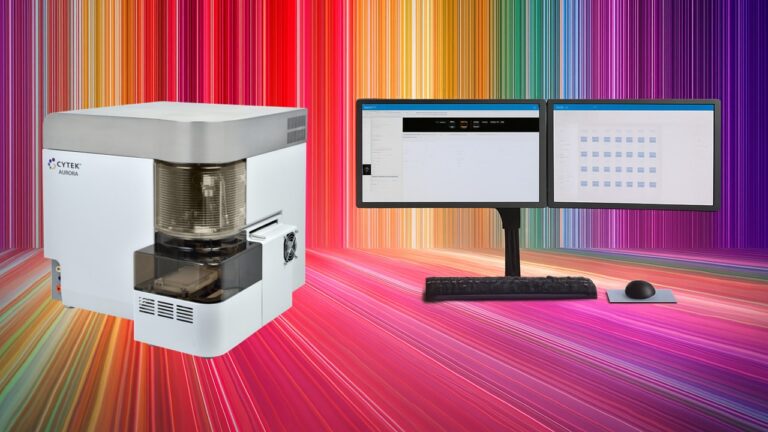Understanding Chromogenic Culture Media

Chromogenic culture media are culture medium used to isolate, identify and differentiate specific microorganisms from a heterogeneous population. The medium utilizes synthetic chromogenic enzyme substrates to specifically target pathogenic species or groups of species based on their enzyme activity.
Most chromogenic media are therefore both selective and differential, accommodating the inhibition of non-target organisms such as using antibiotics or other inhibitors and enabling target pathogens to grow. As only target pathogens generate colonies of a particular color, this reduces the number of colonies that require investigation within a polymicrobial culture. The use of different chromophore and metabolite derivatives then makes it possible to detect diverse enzyme activities all in one assay.
The culture media solutions and detection kits for microbiology laboratories that DKSH offers our customers include products from Biokar Diagnostics, Thermo Fisher Scientific and BioMérieux. Reach out to us to find out more on how these solutions can help elevate your business to the next level.
Sources:
- A Decade of Development of Chromogenic Culture Media for Clinical Microbiology in an Era of Molecular Diagnostics
- Chromogenic Media
- What is the advantage of using chromogenic medium for the identification of specific microorganism while we have the selective media for a particular organism?
- Chromogenic media offer a range of benefits for the enumeration, detection, and identification of microorganisms






